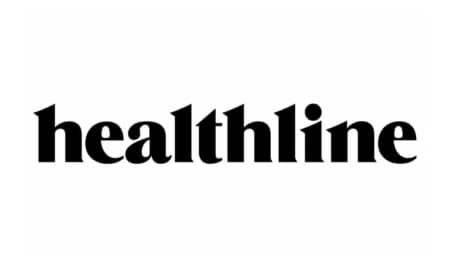Vitamin D is a hormone created by the body when skin is exposed to ultraviolet rays in sunlight. It is found naturally in a small number of foods and can also be taken as a fat-soluble dietary supplement.
Affordability and access
Prescription required?
- Not for over-the-counter supplements, but we recommend you consult your oncology team if you are taking or planning on taking vitamin D supplements
- Some formulations and analogs of vitamin D require a prescription
Forms of vitamin D
Vitamin D supplements come in two forms, D2 and D3. Vitamin D3 (cholecalciferol) is found mainly in animals, while vitamin D2 comes from plant-sourced foods. Vitamin D2 must be converted to D3 by your body. Small amounts of vitamin D3 and D4 are also found in mushrooms.1Cardwell G, Bornman JF, James AP, Black LJ. A review of mushrooms as a potential source of dietary vitamin D. Nutrients. 2018 Oct 13;10(10):1498. Since vitamin D2 is cheaper to produce, it’s the most common form in fortified foods, but it’s also less effective at raising your blood serum levels.2Vitamin D2 vs. D3: What’s the Difference? Healthline. February 21, 2020. Viewed July 1, 2022. When shopping for supplements, pay attention to whether you’re buying vitamin D2 or D3, consistent with whether you want nutrients sourced from animals, how severe your deficiency may be, and what your doctor recommends.
See our blog post: Plant-based Sources of Vitamin D for Cancer ›
The body converts vitamin D, first in the liver to 25-hydroxyvitamin D or simply 25(OH)D, also known as calcidiol. Then it is converted again, primarily in the kidneys, forming the physiologically active hormone 1,25-dihydroxyvitamin D or 1,25(OH)2D, also known as calcitriol.3Office of Dietary Supplements. Vitamin D Fact Sheet for Health Professionals. National Institutes of Health. June 2, 2022. Viewed June 8, 2022.
You may find vitamin D under these alternate names and brands:
Vitamin D2
- Drisdol
- Ergocalciferol
Vitamin D3
- Cholecalciferol
- Delta D3
Prescription vitamin D
Prescription-only and other forms of vitamin D usually used to treat specific medical conditions other than cancer include these:
- DHT or dihydrotachysterol
- DHT Intensol
- One-Alpha® or alfacalcidol
- Rocaltrol or calcitriol
- Hectorol
- Rayaldee
- Zemplar
Where to access
Vitamin D is available in some foods:
- Egg yolks
- Cod liver oil
- Fish oil
- Wild fish such as salmon, sardines, herring, and cod
- Blood sausage
- Some organ meats, such as liver
- Butter
- Mushrooms, including medicinal mushrooms, that have been exposed to sunlight, but as a source of vitamin D2;4Keegan RJ, Lu Z, Bogusz JM, Williams JE, Holick MF. Photobiology of vitamin D in mushrooms and its bioavailability in humans. Dermatoendocrinology. 2013 Jan 1;5(1):165-76; Plotnikoff GA. Anticancer medicinal mushrooms can provide significant vitamin D2 (ergocalciferol). International Journal of Medicinal Mushrooms. 2005;7(3):471-2. vitamin D2 is less effective than vitamin D3, which comes only from animal sources, as noted above
- Some dairy products, orange juice, soy milk, and cereals to which vitamin D has been added5Derrer DT. Top foods for calcium and vitamin D. WebMD. July 22, 2020. Viewed June 8, 2022.
Vitamin D supplements are available without a prescription in retail stores:
- Drug stores
- Supplement stores
- Online supplement distributors
As noted above, vitamin D2 is less effective than vitamin D3, which comes only from animal sources.
Affordability
- Supplements are generally inexpensive (less than $500 US/year)
Helpful link
References

